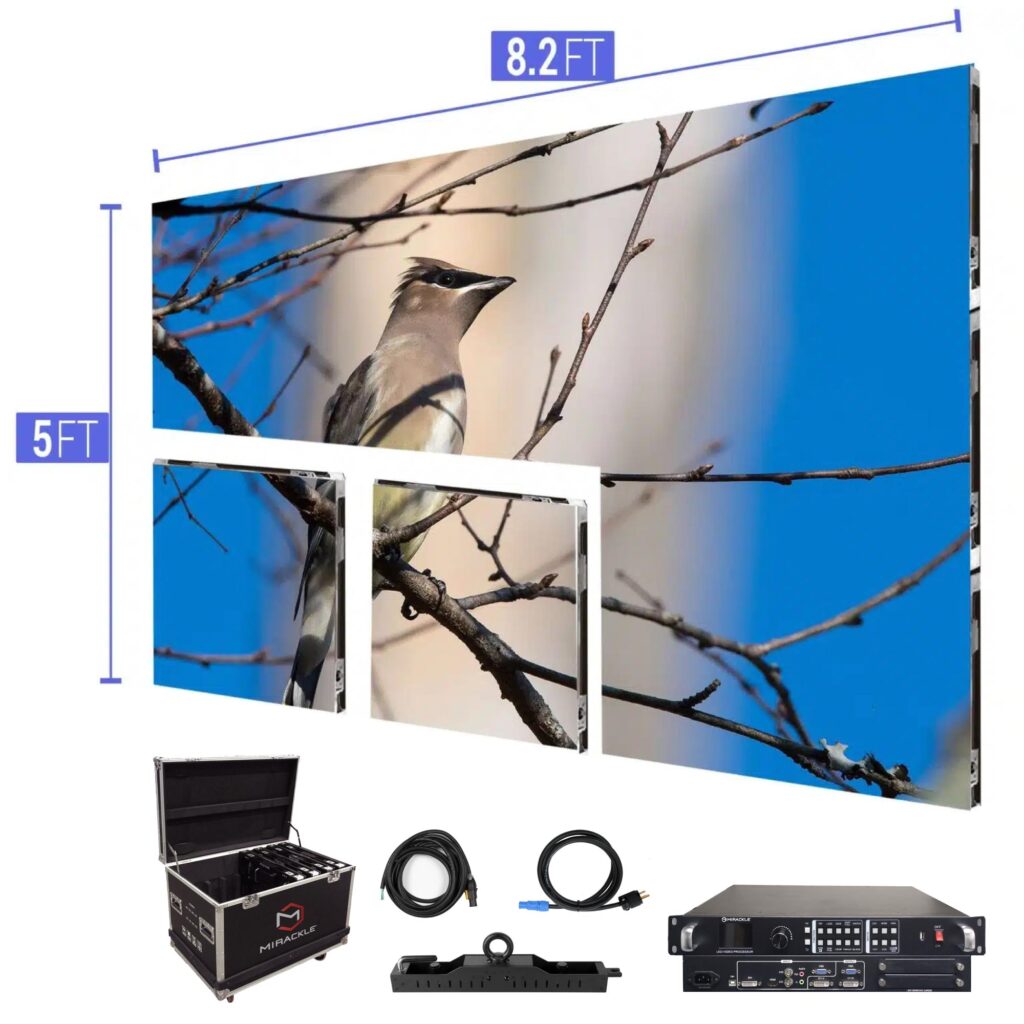Maximizing Visual Effect Through Tactical Material Scheduling in LED Display Execution
Wiki Article
Maximizing visual effect during light-emitting diode screen performances requires careful preparation plus strategic content scheduling. LED walls are potent tools in visual narration, frequently used in concerts, gatherings, plus displays. The effectiveness of these displays depends not only just upon the caliber of the images but also upon the manner and when they are shown. By comprehending the viewers' focus duration and the flow of the occasion, event planners can craft a more captivating experience that captivates spectators plus enhances the overall performance.
One key aspect of strategic visual scheduling is scheduling. It is vital to align the images with the beat and pace of the show. For instance, during a musical show, images should complement the beat and mood of the melody. This alignment aids to forge a unified encounter that pulls the audience in. Additionally, it is important to consider the duration of each visual segment. Short, striking segments can sustain viewer engagement, while extended images may be suitable for instances of contemplation or sentimental bonding. By altering the duration and intensity of the images, organizers can keep the audience engaged throughout the show.

Another Learn More important element is the material itself. The images displayed on the LED screen should be pertinent to the concept of the show. This pertinence aids to reinforce the message being conveyed and makes the encounter more unforgettable for the viewers. For instance, if the show is about environmental consciousness, using visuals that illustrate nature and animals can amplify the narrative. Furthermore, adding lively elements, such as animations or interactive graphics, can add excitement and keep the audience's attention. The right content, presented at the right time, can significantly elevate the impact of the performance.
Viewer involvement is also a key factor in visual timing. Comprehending the demographics and preferences of the audience can guide the selection of visuals. For example, a younger audience may respond better to vibrant colors and quick motion graphics, while an older audience might value more nuanced and refined images. By customizing the material to the viewers' preferences, event planners can craft a more tailored encounter that connects with spectators. Additionally, adding viewer involvement, such as real-time surveys or social interactions, can further enhance engagement and make the performance more interactive.
Finally, assessing the efficacy of the content scheduling is essential for future performances. Gathering feedback from the audience can provide valuable information into what was effective successfully plus what could be enhanced. This data can assist event planners refine their strategies and make informed decisions for upcoming performances. By continuously evaluating and modifying the visual timing strategy, organizers can amplify the visual impact of LED wall performances and craft memorable encounters for their viewers.